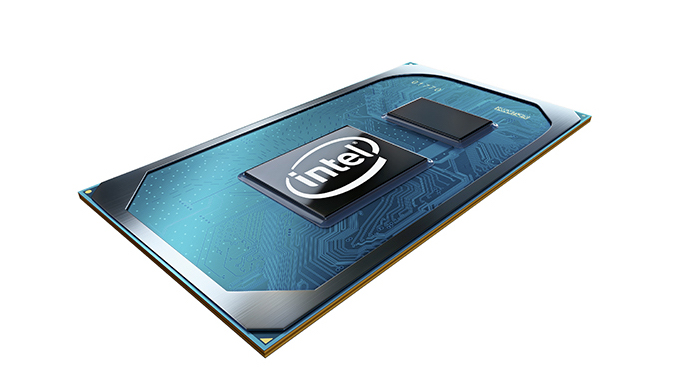
Enlarge / A mobile PC processor code-named Tiger Lake. It will be the first CPU to offer a security capability known as Control-Flow Enforcement Technology. (credit: Intel)
The history of hacking has largely been a back-and-forth game, with attackers devising a technique to breach a system, defenders constructing a countermeasure that prevents the technique, and hackers devising a new way to bypass system security. On Monday, Intel is announcing its plans to bake a new parry directly into its CPUs that’s designed to thwart software exploits that execute malicious code on vulnerable computers.
Control-Flow Enforcement Technology, or CET, represents a fundamental change in the way processors execute instructions from applications such as Web browsers, email clients, or PDF readers. Jointly developed by Intel and Microsoft, CET is designed to thwart a technique known as return-oriented programming, which hackers use to bypass anti-exploit measures software developers introduced about a decade ago. While Intel first published its implementation of CET in 2016, the company on Monday is saying that its Tiger Lake CPU microarchitecture will be the first to include it.
ROP, as return-oriented programming is usually called, was software exploiters’ response to protections such as Executable Space Protection and address space layout randomization, which made their way into Windows, macOS, and Linux a little less than two decades ago. These defenses were designed to significantly lessen the damage software exploits could inflict by introducing changes to system memory that prevented the execution of malicious code. Even when successfully targeting a buffer overflow or other vulnerability, the exploit resulted only in a system or application crash, rather than a fatal system compromise.
Read 9 remaining paragraphs | Comments
https://ift.tt/37tauQW
Comments
Post a Comment